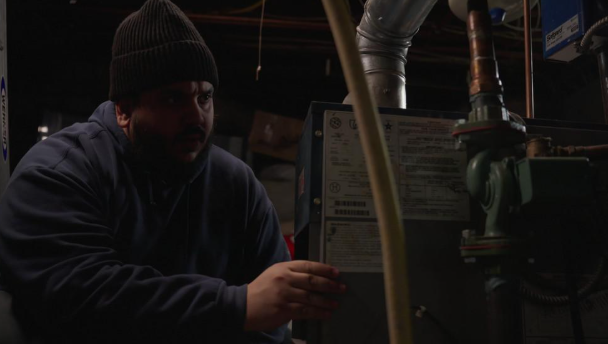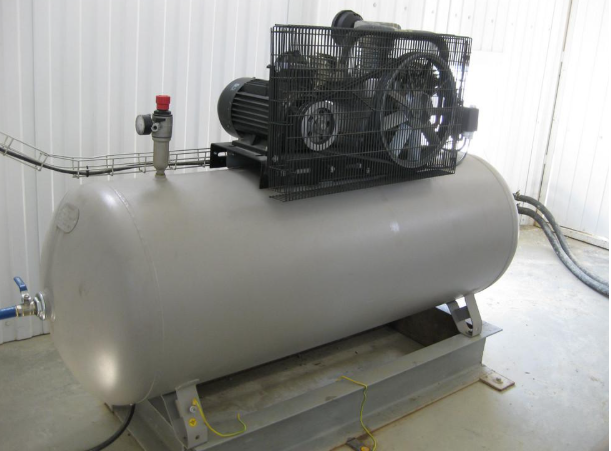Understanding Septic Systems
Septic systems are a crucial component for homes not connected to centralized sewage treatment facilities. They are self-contained, underground wastewater treatment structures, commonly used in rural areas. For a quarter of American homes, managing wastewater means relying on these systems rather than municipal sewers, according to This Old House. These systems are designed to break down waste using natural decomposition and drainage technologies. They consist of a septic tank and a soil absorption field—or drain field—and require regular maintenance to operate effectively.
The role of septic systems is to safely treat and dispose of wastewater generated in a home. As water leaves the household, it flows into a septic tank, where solids settle to the bottom and oils and grease float to the top. Bacteria in the tank break down the solids, which need to be pumped occasionally. The treated liquid, or effluent, then exits the tank and travels through perforated pipes into the drain field, where it is further filtered by the soil. Understanding this process can help homeowners anticipate when maintenance is necessary.
It’s essential for homeowners to grasp the workings and importance of septic systems as part of a home’s infrastructure. Systems vary in size and design, but all rely on the natural processes of decomposition and filtration to neutralize and manage waste. This method saves money on plumbing costs for many rural homeowners by avoiding the need for extensive sewer lines. Educating yourself about how septic systems operate can prevent potential public health hazards and property damage.
Septic Tank Capacity and Waste Management
The capacity of a septic tank depends on the size of the home it serves. On average, septic tanks accommodate between 1,000 to 1,500 gallons of wastewater, as stated by Angi. This capacity is usually sufficient for a typical household, but factors such as the number of occupants and water usage can affect the frequency at which the tank needs to be pumped. It is critical for homeowners to monitor their septic tank’s capacity to prevent overflows and backups. Regularly scheduled inspections and pumping are essential practices for maintaining a healthy septic system.
Managing the amount of waste entering your septic system can greatly affect its longevity and effectiveness. Homeowners should be mindful of what goes down their drains, including kitchen waste, bathroom products, and chemicals. Non-biodegradable items and toxic substances can disrupt the bacterial activity necessary for breaking down waste. Implementing mindful practices, such as using water efficiently and disposing of waste properly, ensures that the system remains in good working condition for many years. Every small action can collectively make a big difference.
Furthermore, spreading out water use throughout the day can help maintain your system’s balance. Large surges in wastewater entering the tank in a short period of time can saturate the drain field, leading to potential malfunctions. Utilizing water-saving devices, like low-flow toilets and showerheads, can mitigate these pressures. Homeowners are encouraged to educate all household members on smart water usage to collectively contribute to the overall health of the septic system. Consistency in following these practices supports a sustainable environment and minimizes unforeseen repairs.
Maintenance and Lifespan of Septic Systems
Regular upkeep is critical for extending the life of a septic system. According to Forbes, a well-maintained septic tank can last anywhere from 20 to 40 years or more. Regular pumping and inspections ensure that the system functions correctly and help identify potential problems before they escalate into costly repairs. Homeowners should establish a routine with a professional service provider to evaluate the health of their system periodically. Being proactive can extend your system’s lifespan while safeguarding your property and the surrounding environment.
For homeowners, maintenance isn’t just about responding to issues—it involves preventive measures and understanding the signs of a struggling system. Sewage odors, slow drains, and unusually wet areas in your yard are indicators that your septic system might need attention. Addressing these issues as soon as they arise can prevent significant damage and disability. Even when everything seems to be working fine, regular inspections are vital to catch hidden issues before they develop into more severe problems. Safeguarding your home requires attentiveness and action.









